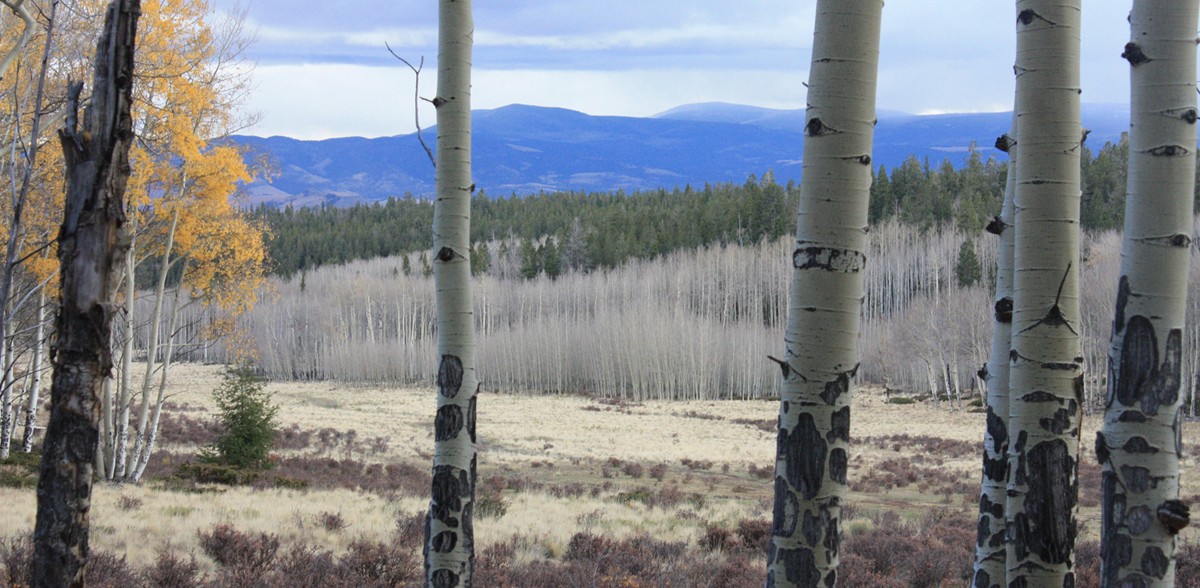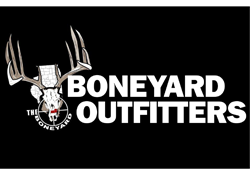TAKE BETTER OUTDOOR PHOTOS

Outdoor photography means more than simply taking a picture, it’s capturing a moment in time, a moment that we can savor and share with friends and family for years. Today’s digital cameras have made it possible for just about anyone to take professional quality photos. But the technology of a good camera is not enough for truly great photographs. The key to taking outstanding photographs is the detail of composition like lighting, angle of the shot, pose of the subjects, and the background. Here are few techniques that will not only help your fish or big buck look bigger and better, but they will increase the overall quality of your photographs.
PERCEPTION IS EVERYTHING
Have you ever looked at a stunning picture and were amazed at the large size of the animal or fish? I’m not saying that they weren’t posing with a trophy, it’s just that because of the angle and pose, you could have perceived the animal or fish to be larger than it really is. Our perception of size in any photograph is based on a point or object of reference- something that our mind uses as a comparison when trying to process the size of the fish or animal. For example, it’s hard to tell how big fish are when they are in a pile on the ground because there is no point of reference, or nothing to compare them to. By placing another object, like a pop can next to them, we now have a much better idea of how big they are. When a person is in the shot, the object of reference is usually the head or body.
Now that we have the basic principle established, let’s apply it.
FISH
The simplest way to make your fish look bigger in photos is to simply hold
the fish away from your body and closer to the camera.
By doing this, your object of reference (the subjects head and body) is now much smaller thus making the fish look bigger. Another tip is to change the angle of the shot by elevating yourself (and fish) above the camera. You can do this by standing up on the bow of the  boat, or have the photographer kneel down. This also has the same effect, making your fish look much bigger.
boat, or have the photographer kneel down. This also has the same effect, making your fish look much bigger.
BIG GAME
The same principle for photographing fish holds true for big game like deer and elk. Have the subject kneel down well behind the animal. The subject will look smaller and the animal will look much bigger. Also, when taking the photo get as close to the ground as possible. Try this simple technique after your next hunt. Take a photo of the subject and animal while you are standing, then kneel or lie down on the ground and take another shot. You will see a huge difference.
HELPFUL TIPS
These simple techniques will also improve the quality of your photos:
– Always use the flash, especially on sunny days. The flash lights the entire subject evenly and eliminates dark shadows.
– The primary focus is usually on the subject, so it’s very easy to not notice the background. Be mindful of the background and surroundings, make sure there are no gut piles or garbage lying on the ground. Also make sure there are no branches or fishing poles “growing” out of your subject’s head.
– Try and reduce the gore factor. Wipe away any excess blood, and put the animals tongue back in its mouth if it’s hanging out.
– If possible, take pictures of fish immediately after they are caught. They quickly lose their natural colors after being placed in a livewell or cooler. And it’s very difficult to make a dead curled fish look good, no matter how good you are.
– Don’t take just one shot. Take a bunch and from different angles. With digital cameras, you have the ability to simply delete the bad shots. With more shots to choose from, you should get one keeper.
– Move the subject off center, especially if the background is impressive. Center and focus on the subject first (on most cameras, push the button half way down), then move the camera to the right or left and take the shot (push all the way down).
– Have your subject try different poses and change your angle and direction of shot. Take some candid shots of your subject when they are not looking at the camera. It’s a nice change from the standard “trophy pose”.
– Be mindful of the light. Don’t face directly into the sun so your subject is squinting or their eyes are closed. By having your subject face the camera with their back to the sun, you can create a more dramatic effect with a backlit subject. Again, use the flash to eliminate shadows.
Most of today’s digital cameras can be extremely simple to operate, but also offer advanced settings if you are willing to learn them. The best way to get better is to try these techniques, play around with the settings on your own camera and find out what works the best for you. Either way, you can start creating great photos to complement great memories.




















